Sinking of Cruiser USS Northampton in 1942
Use controls above or click here to open this Hometown Heroes podcast in a new window
100-year-old Floyd Thomason of Lewiston, ID appears on episode #843 of Hometown Heroes, airing June 22-27, 2024. Born in Oregon and raised in Gooding, ID, Floyd was the third of eight children, and one of five brothers to serve in the military.
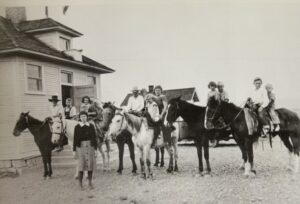
His childhood was spent on a cattle ranch, four miles from the closest school. Floyd and his siblings, once they were done milking cows, gathering eggs, and performing other chores, would ride horses to that one-room schoolhouse, which Floyd attended through eighth grade.
“When we first moved onto the ranch, there was just rattlesnakes everywhere,” you’ll hear Thomason remember. “My dad bought about a half a dozen, maybe a dozen pigs, and turned them loose out there, and they took care of the snake problem that we had.”
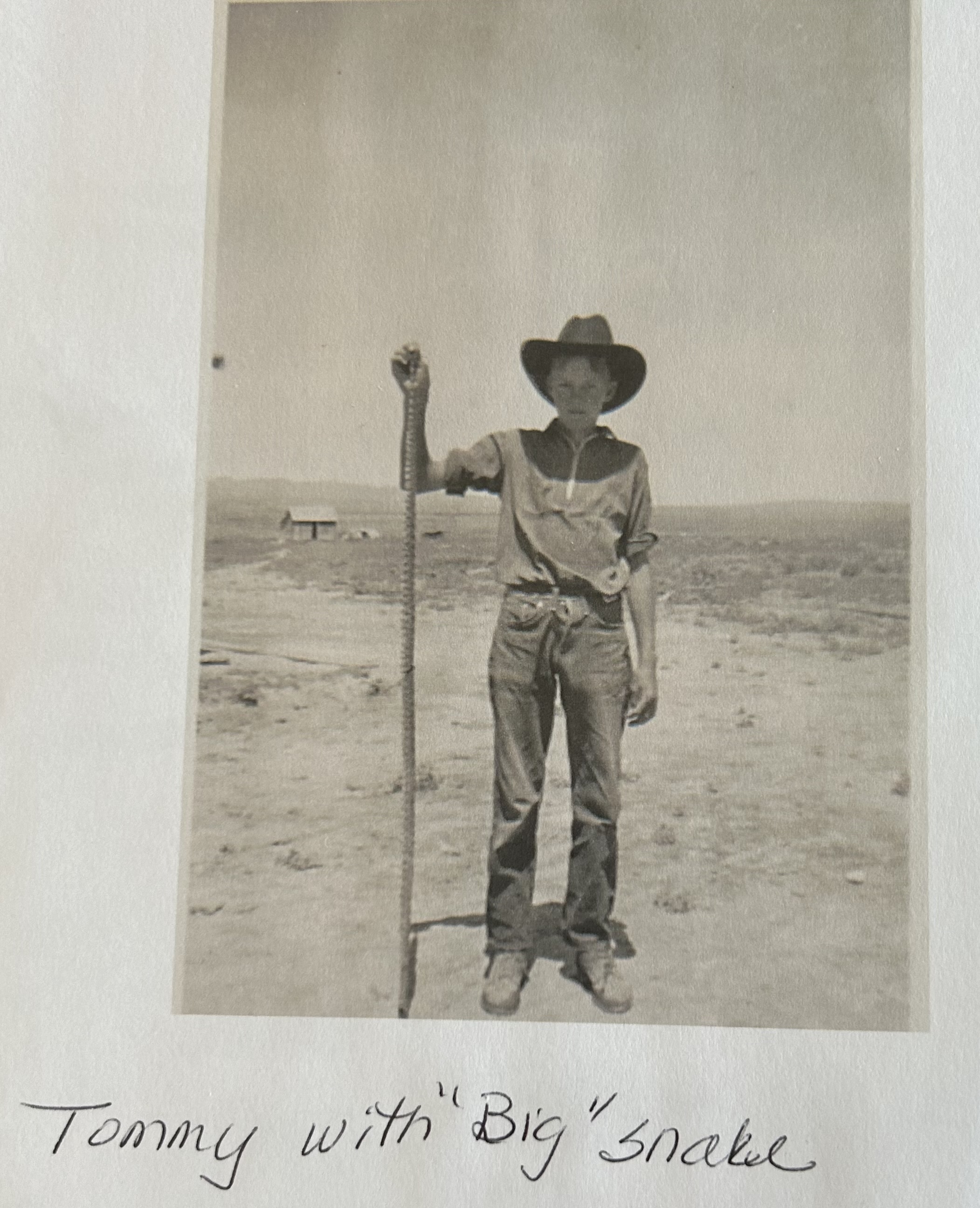
You’ll hear Thomason describe his childhood in that rural setting, including the challenging days of the Great Depression, when his family relied on food they grew on the ranch, and discovered the power of community.
“Our neighbors were no better off than we were at that time, so we helped each other at harvest time,” you’ll hear the centenarian recall. “Everybody was poor, never had any money, so it was just help each other to do the things necessary to keep the ranches going.”
Floyd’s cousin, Roy Lakey, suggested that they join the Navy together, but when they visited the recruiter in Twin Falls, ID, Floyd was told he’d have to wait until he turned 17 to enlist. The delay would be all of three months, and in February, 1941, Thomason made it official, traveling to Salt Lake City, and then on to San Diego for boot camp training.
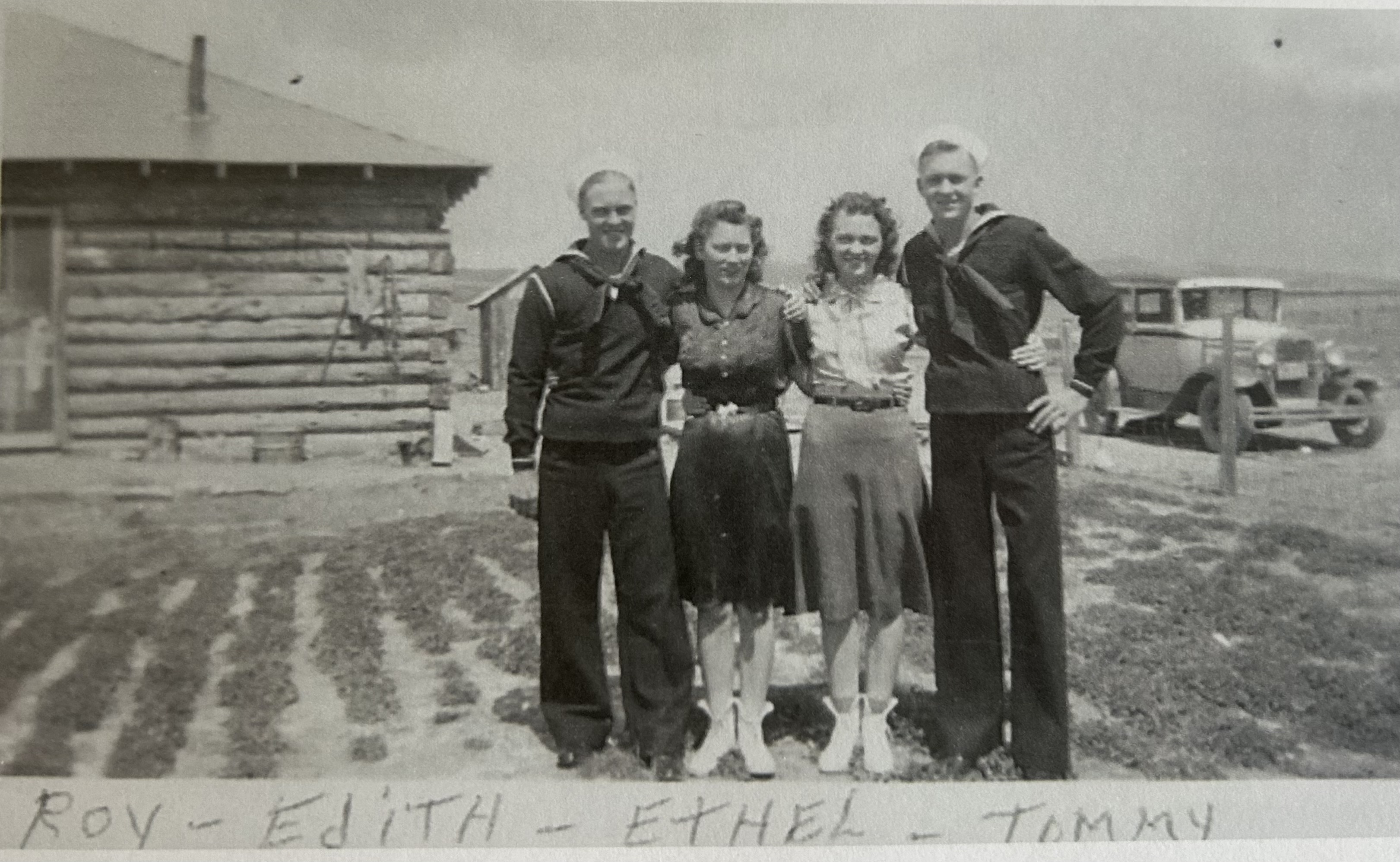
“I had never been on a ship before. I’d never seen the ocean before,” Floyd says of his 17-year-old self. “When we pulled into San Diego, I could look out and see the ocean and just thought there can’t be that much water in the world.”
Soon, he and Roy would be on that ocean, aboard a Liberty ship that navigated the Pacific on a six-day journey to Pearl Harbor. Thomason remembers suffering from seasickness throughout that entire voyage, but would never experience that sensation again. In Hawaii, the cousins joined the crew of the cruiser USS Northampton (CA-26). His pre-war time on Oahu included an acquaintance with famed singer and dancer Hilo Hattie, who had a particular fondness for Floyd’s cousin Roy. On November 28, 1941, Floyd, Roy, and the other 692 men aboard the Northampton left Pearl Harbor, along with the carrier USS Enterprise and the rest of Task Force 8, delivering a Marine fighter squadron to Wake Island. The task force was scheduled to return to port on December 6, but poor weather delayed that return two days. What Thomason witnessed when the Northampton came back into Pearl Harbor on December 8, 1941, has never left his memory.
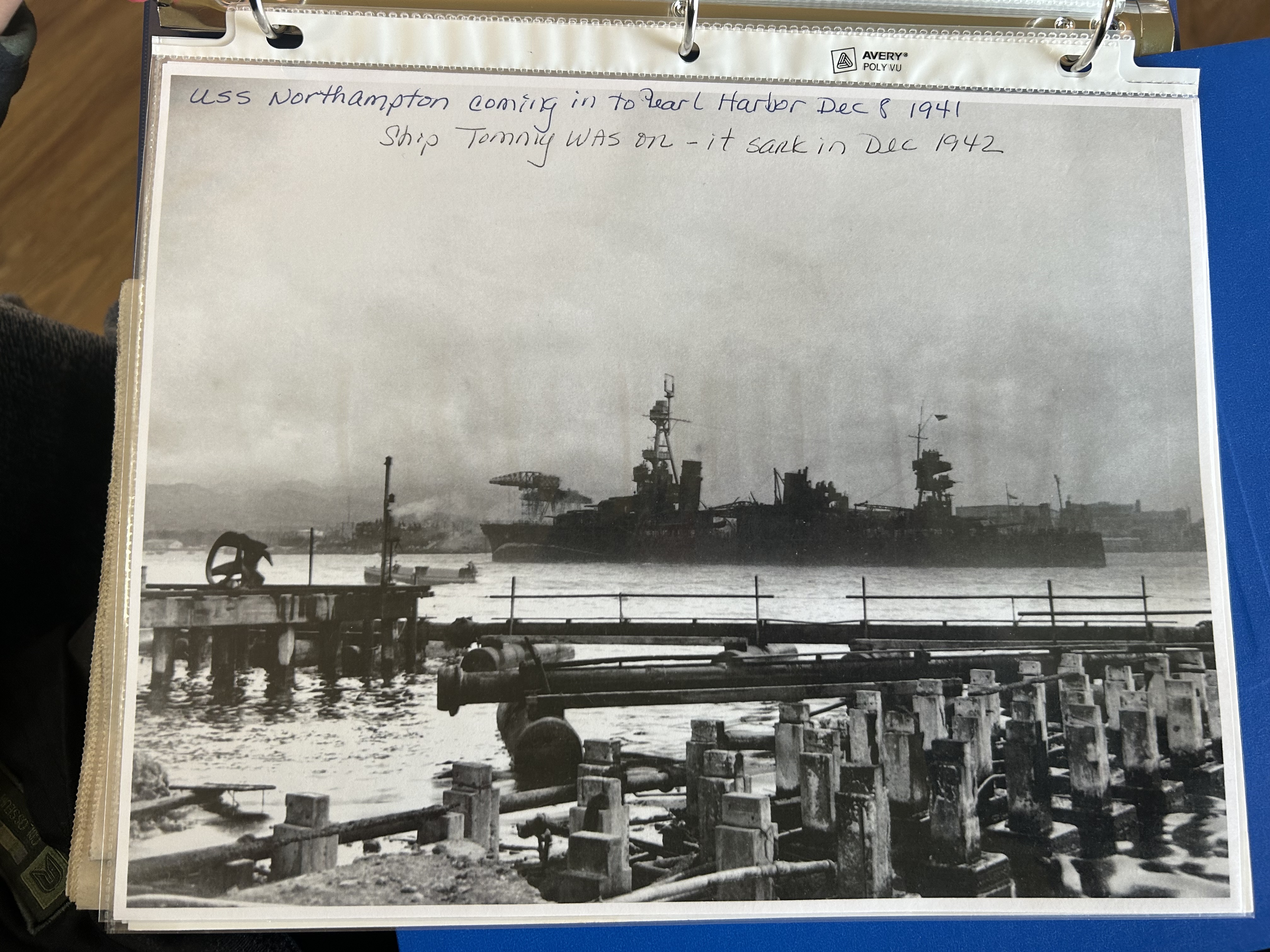
“That was really a terrible thing to see, all of the ships that had been damaged and laying on their sides,” you’ll hear him recall his 17-year-old eyes seeing. “Some of them are sunken completely, all the airplane hangars and the airplanes were burning, and of course, dead bodies floating in the bay there around and through the ships. It just made you want to cry.”
The Northampton spent the next month searching for enemy forces before a series of island bombardments at Wotje, Wake Island, and Marcus Island, and in April of 1942, the cruiser was part of the task force that launched the legendary Doolittle Raid on Tokyo. He even remembers gesturing with his shipmates in a lifting motion, trying to help will those B-25s higher after they left the deck of the carrier USS Hornet (CV-8).
“I watched every one of them take off. Our ship was right next to the Hornet when they were taking off,” you’ll hear Floyd explain of the 16 B-25s that became the first bombers to take off from a carrier. “Some of those planes would just almost go into the water, they’d get so low we thought they were going to.”
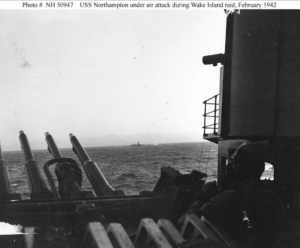
(from navsource.org)
Six weeks later, the Battle of Midway would bring some of the most intense memories that Thomason still carries, all these years later. In what proved to be a pivotal victory for the Allies, the teenager came face to face with some of the harshest realities of war. Gunners to his left and right were both killed within mere feet of him, as he focused intently on trying to shoot down enemy aircraft. You’ll hear him share some of the advice an instructor had given him that helped him avoid being consumed by fear during combat, as well as his reflections on his fellow sailors who were killed in action.
“You think about it, that they’ll never get to see their parents again, Thomason explains. “Or never get to do the things that they would have otherwise, if they hadn’t have been killed in war.”
In late October, 1942, the Northampton was called away from bombarding in the Bougainville area to come to the aid of the USS Hornet during the Battle of the Santa Cruz Islands. The cruiser picked up some of the sailors who had ended up in the water when the carrier was hit, then actually took the Hornet into tow, hoping to take it safely to port for repairs. A Japanese dive bomber interrupted those plans, dropping a bomb that Floyd watched land just 200 feet away from his ship.
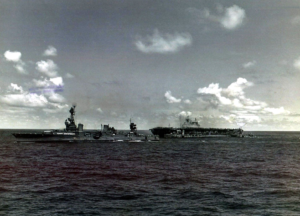
The towing attempt was deemed too risky to the Northampton and her crew, and had to be abandoned, and after unsuccessfully trying to scuttle the ship, Hornet survivors watched as enemy weapons eventually sank the historic carrier, which rested undiscovered for nearly 77 years before Paul Allen’s R/V Petrel located the wreckage 17,500 feet below the surface in 2019. Just weeks before the Hornet was found, that same research vessel located another sunken ship near Guadalcanal. Resting at a depth of 2,130 feet was the USS Northampton, there since sinking in the middle of the night on November 30, 1942, the most harrowing and heroic of Floyd Thomason’s life.
“It was the darkest night I’d ever seen,” you’ll hear him recall of that evening in the Strait of Tassafronga off of Guadalcanal. “Not a star was shining, it was like being in a cave.”
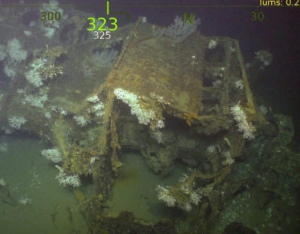
Floyd and his cousin Roy were manning searchlights as the cruiser looked to interdict Japanese forces that were attempting to resupply troops on Guadalcanal. Roy was leaning against the stanchion on the searchlight platform when the Northampton was struck by two enemy torpedoes. The impact lifted the ship, and Roy was left with a significant back injury. Soon the ship was listing severely, and the cousins were able to walk down the side of the cruiser all the way into the water. Watch the video below for Floyd’s recollections of his fateful hours in the water, and how he saved the life of his cousin, Roy Lakey:
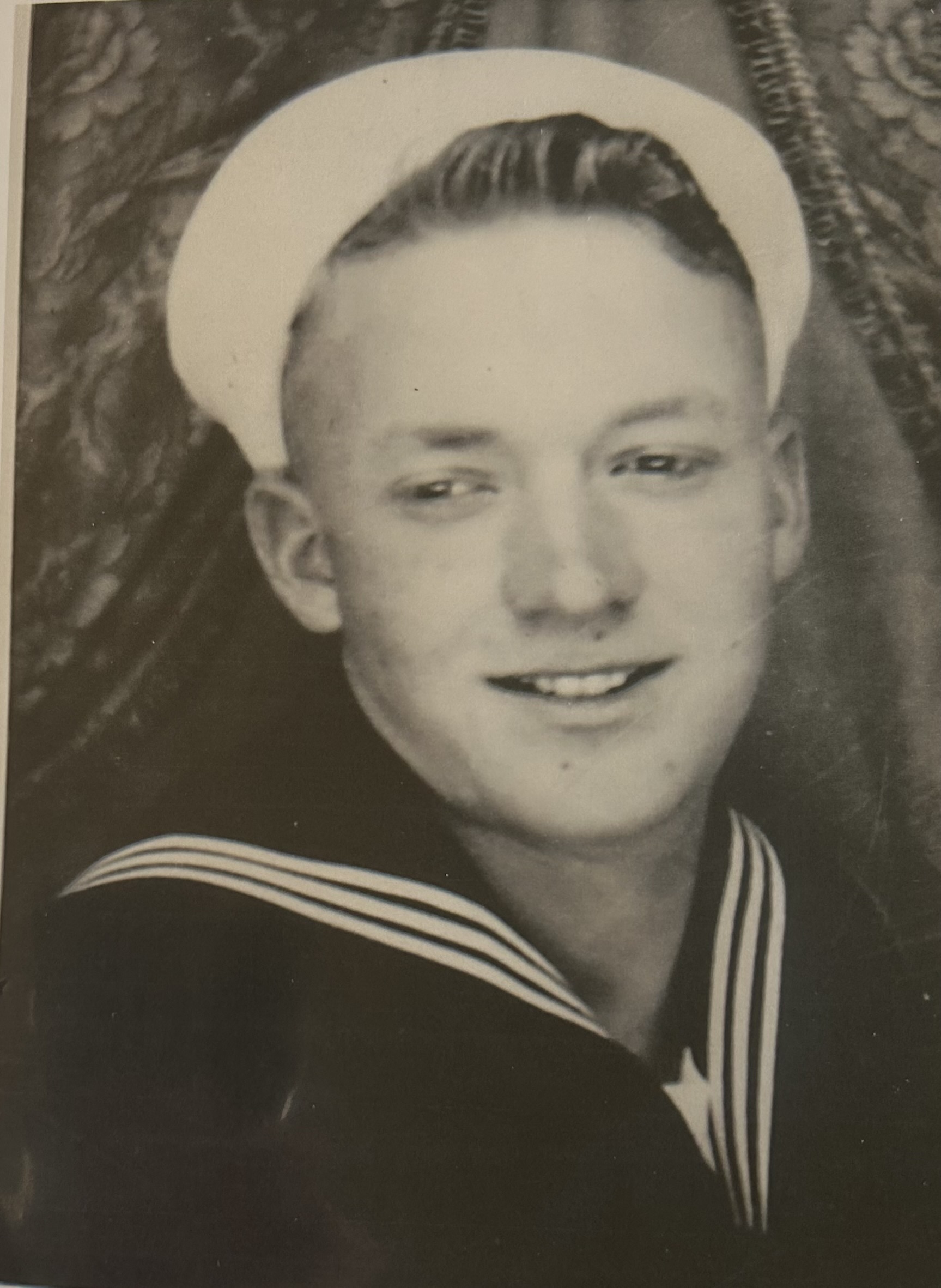
Leave a Reply